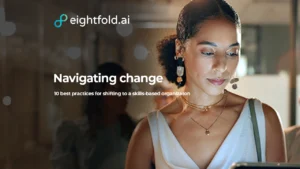Businesses are spending 100 times more on live service than on self-service, but when self-service channels are not working, customers are becoming frustrated.
Digital channels are becoming customers’ preferred interaction points, a trend has that only accelerated with the pandemic. In 2020, according to Forrester Research, U.S. companies saw “enormous increases in self-service and digital interactions,” with a significant percentage of adults using self-service to pay bills, bank, order groceries, and order take-out food for the first time. First-timers or not, these customers expect an effortless experience that helps them resolve problems, find answers, or take action as quickly as possible. Their search for satisfaction now starts with self-service.
According to Gartner Inc., it’s long past time for businesses to prioritize self-service. “Service organizations must rethink their overall service strategy to move toward a more self-service dominant approach.” Investing in self-service improvements will help drive first-contact resolution, enhance the overall customer experience, and improve customer satisfaction and loyalty.




































